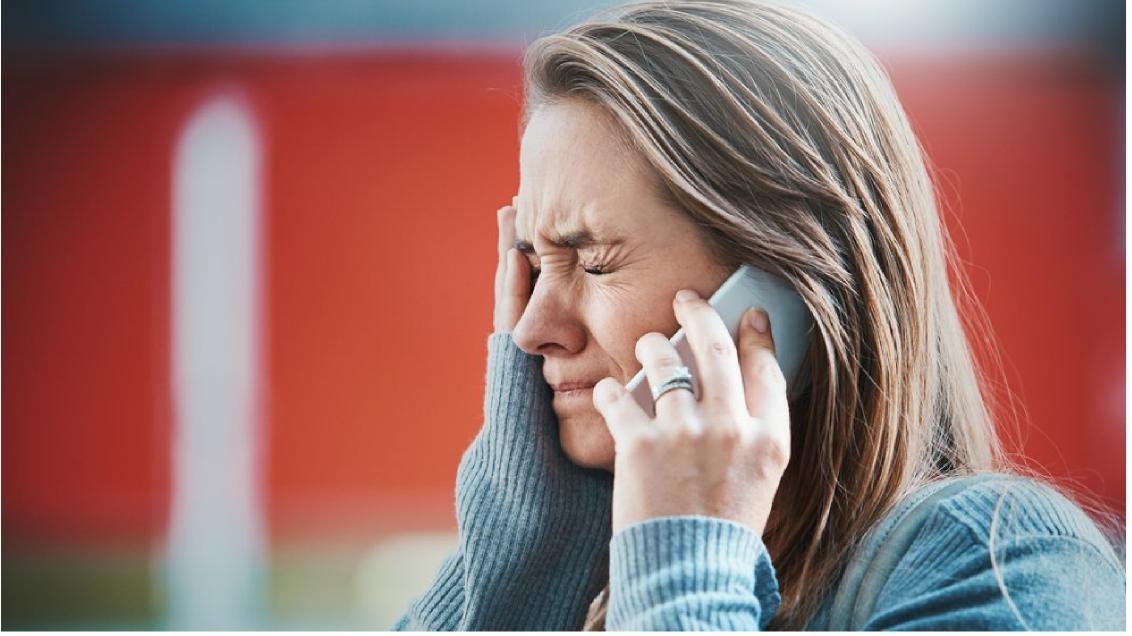Cyber Bytes: Staying Connected When the Network is Disconnected

Communication networks can fail when disaster strikes, leaving you isolated at the most critical time. Disruptions can happen whether you’re on vacation, at work or at home. And planning has become more complex.
Climate change is creating new weather patterns in areas unaccustomed to handling the conditions, leaving visitors and residents unprepared. Many regions don’t have proven evacuation systems, while others fail after catastrophes destroy their communication infrastructures.
It’s critical to have a communication plan if you’re injured and unresponsive or the infrastructure you rely on fails.
Connecting without cellular networks or internet
Being cut off from communication when you need it most is terrifying. But alternative technologies could provide a lifeline when traditional links fail. SOS apps use technology designed to function off the grid or when the grid vanishes. Here are a few examples of tech that doesn’t rely on the grid:
Mesh networks. Mesh networking apps rely on Bluetooth and don’t require Wi-Fi or cellular connections. They establish communications across a network of nearby devices, skipping off each one to deliver the message. Each device the mesh network uses is like a lily pad in a pond, and the message is like a frog. The frog uses the lily pad as a path to travel safely over water to its intended destination.
Mesh networks can help users contact nearby emergency services when they don’t have internet or cellular connections. People used mesh networks to communicate after hurricane events took down power grids and Wi-Fi in New York City (2012) and Puerto Rico (2017).
Satellite communication. Unlike cellular networks that rely on earthbound towers, satellite networks are almost always on. They orbit the earth free from disaster events and can assist when cell towers go offline. Newer smartphones may have SOS satellite technology built into their hardware.
Using the technology requires some setup and use is restricted. If your phone lacks satellite options, you can download a satellite app or try a two-way satellite communication device to supplement your phone’s connectivity. Dedicated satellite phones are also an option but can be pricey and impractical for everyday use.
Radio frequency. You can transform your smartphone into a walkie-talkie by co-opting radio frequencies for communications during outages or unreliable connections. Some walkie-talkie apps limit you to a friend group you set up beforehand. Others allow you to reach out beyond your group to converse with others on nearby channels. They also have SOS text messaging, GPS locator and group chat options.
Enter your emergency contact and medical information
Many smartphones have factory-installed apps that can store your emergency contacts and medical information. If you’re unresponsive due to an accident or medical emergency, your phone can provide critical details about you to first responders. You can fill out as few or as many details as you like. These apps include information like your:
- Blood type
- Allergies
- Medications
- Address
- Physician information
- Emergency contacts
iOS smartphones
iPhones typically come with preprogrammed apps for health and emergency services. Emergency SOS calls the local emergency numbers and shares your location information. It can also alert your emergency
contacts and send them your GPS location. Look for the factory-installed Health app to enter your medical and contact information. Remember, you have to input your information and preferences beforehand.
Learn more about setting up your medical information and SOS services.
Android smartphones
Look for factory-installed emergency apps under “Settings” on your smartphone. The app might be labeled “Personal safety” or “Emergency information,” depending on your smartphone. You have to input your information and preferences beforehand.
Alternatively, you can download an app to enter your emergency medical and contact data. Choose a reputable company.
Learn more about Android smartphones and personal safety apps.
Basic cellphones and older phones
If you don’t have a smartphone or don’t want to use an app, you can input your emergency contacts with “ICE -” before their names. You’ll need to tick the box indicating it’s an emergency contact to bypass your phone’s security lock, if you have one.
Wearables
Like smartphones, wearables include SOS features. Smartwatches and other smart jewelry, hair ties and key chains offer voice and text alerts, GPS tracking and video monitoring options. Wearables are often designed to look like simple accessories but contain hidden alert buttons that send tracking data and automated messages at the touch of a button. Some require you to be connected to a cellular network or Wi-Fi, so verify their underlying technology before you buy.
Stay vigilant about phone security
Get familiar with your smartphone’s encryption, data-sharing and privacy settings. Always research apps before installing them and pay attention to the information they want access to. If it seems like too much, don’t download it.
Remember many applications require setup. And rescuers may need access to the same technology on their devices, like mesh networks.
Preparation is crucial
Staying informed when traditional communication networks fail is possible if you plan. SOS apps that let you reach emergency services and loved ones are integral to the first responder system.
When every second counts, these technologies could make all the difference. Stay connected out there! This content is for informational purposes only and not for the purpose of providing professional, financial, medical or legal advice. You should contact your licensed professional to obtain advice with respect to any particular issue or problem.
Copyright © 2023 Applied Systems, Inc. All rights re